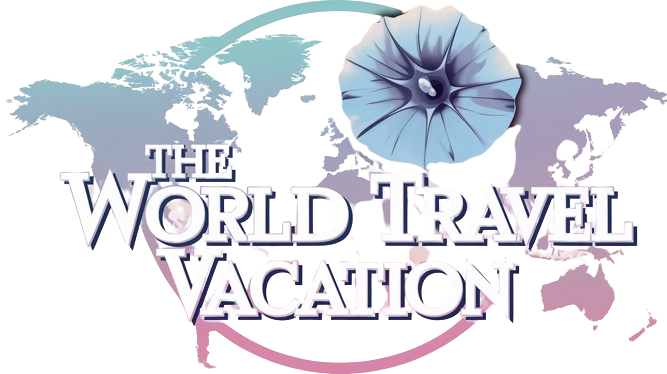Monday, October 14, 2024
SATSA is happy with the efforts of Minister Leon Schreiber and his crew on the Division of House Affairs (DHA), notably the latest launch of the distant working visa program, formally introduced on 9 October. Moreover, the newly launched immigration directives, revealed final week, provide much-needed reforms to South Africa’s immigration insurance policies.
SATSA CEO David Frost says there was vital motion from the DHA in latest months: “A positive shake-up was long overdue. We’ve been talking about access, visa reform and the need for streamlined, digital visa processes for years. The fact that we have a Minister committed to simplifying visa requirements and processes, especially for key source markets, is a massive win for the tourism industry – but it is just the beginning.”
The brand new Distant Work Visa is about to draw digital nomads from across the globe, providing prolonged stays that can profit the complete worth chain. Nevertheless, for Frost, essentially the most notable growth is the standardization of entry necessities for South Africa’s guests’ visa.
“In particular, SATSA welcomes the announcement that the Minister has issued a directive preventing officials from requesting additional documentation from people who are seeking tourist visas to visit South Africa. Immigration regulations only allow staff to request a passport, bank statements, itinerary and flight details and yet applicants are routinely asked for more, including minimum bank balances or letters from their employers. The directive explains that no official or embassy may require any additional documentation when processing a visa application. The additional requirements have made it very difficult for prospective tourists to visit South Africa, especially those from India and China which are two of the world’s fastest growing markets,” says Frost.
“It’s a game-changer,” says Frost. “Officials working in South African Missions abroad are often a law unto themselves, and the new immigration directive is a seminal change. In addition to a valid passport, there are now only three items required to process a visa: a statement detailing a visitor’s purpose and duration of stay, a valid return airline ticket, and three months of certified bank statements,” says Frost. “It’s much simpler and straightforward – and leaves no room for interpretation. Officials have to adhere to the guidelines and cannot complicate the process with spurious requests.”
“The new Trusted Tour Operator Scheme (TTOS) also holds vast potential” says Frost. “It’s an interim measure, initially geared toward China and India, that can permit accredited and registered tour operators to take care of giant group visa purposes. This may alleviate the strain from purposes processed by way of the standard system, facilitating particular person purposes. Nevertheless, with the brand new directive issued by Minister Schreiber decreasing the quantity of supporting documentation required, that is an general win for the market.
SATSA continues to interact with the DHA across the closing implementation of the TTOS, and Frost believes that it needs to be an open and consultative course of. “Both China and India hold enormous potential for South Africa, and we cannot afford to drop the ball. The TTOS will be an important blueprint moving forward.”
Frost’s final purpose is to implement a totally digital system, just like the one Kenya launched earlier this 12 months.
“Kenya have taken a bold approach. All foreign nationals can now enter the country without a visa for leisure or business travel for stays of up to 90 days. Visitors obtain an Electronic Travel Authorization (ETA) online prior to travel – which costs USD 30 and takes up to three business days to process,” explains Frost.
Kenya’s system is proving profitable, with the nation experiencing a outstanding restoration, reaching 142% of its pre-Covid vacationer arrivals by mid-2024. In distinction, South Africa has seen an 84% restoration, welcoming 1.2 million guests.
“Kenya’s tourism strategy focuses on digital transformation and e-visas, and it’s paying huge dividends, says Frost. “They’re on track to meet their ambitious goal of attracting 2.5 million tourists by the end of 2024.”
The introduction of the Distant Work Visa, TTOS, and the Factors-Based mostly System for Work Visas, which addresses earlier gaps and inefficiencies, is definitely a step in direction of attracting extra folks to South Africa. Nevertheless, rather more must be executed to reinforce this effort.
“SATSA remains firm on issues like 90-day visas for all visitors, and waivers for EU countries that still require a visa,” says Frost. “Minister Schreiber’s vision for transforming Home Affairs into a digital-first organisation is a commendable one – but we have to ensure it includes visa reform across the board, making South Africa one of the most accessible, welcoming countries in the world.”









